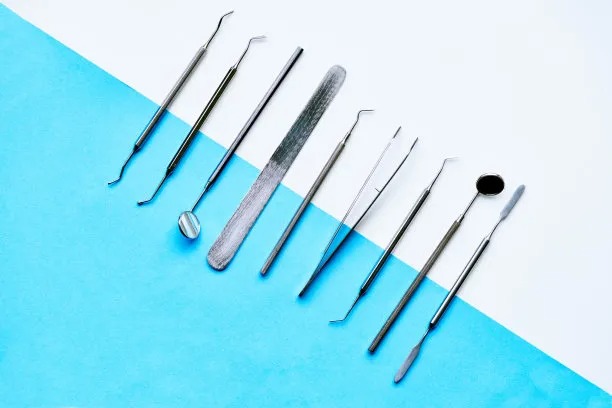The Essential Guide to Extracting a Tooth Safely and Comfortably for Dental Patients
Summary: Extracting a tooth can be a daunting experience for many dental patients, but it doesnt have to be. This guide focuses on the essential aspects of safe and comfortable tooth extraction, covering preparation, techniques, aftercare, and overcoming anxiety. Each section provides valuable insights to help patients understand the procedure and feel more at ease. The goal is to ensure that patients are well-informed, which can lead to a more positive dental experience and improved overall health. Whether youre facing a simple extraction or something more complex, knowing what to expect can make all the difference.
1. Preparing for a Tooth Extraction

Preparation is crucial when it comes to tooth extraction. Patients should first schedule a consultation with their dentist, who will perform an examination and might take X-rays to assess the condition of the tooth and surrounding gums. This initial step helps determine the best approach for extraction.
After the examination, the dentist will discuss the procedure in detail, including what kind of anesthesia will be used to ensure comfort. Understanding the type of anesthesia—local, sedation, or general—can help ease any concerns about the extraction process.
Additionally, patients should be advised to plan for post-extraction recovery. This preparation involves arranging for transportation home, as anesthesia can impair ones ability to drive. Having a supportive friend or family member can greatly enhance the recovery experience.
2. Techniques Used for Tooth Extraction
Once its time for the actual extraction, dentists may employ different techniques depending on the complexity of the case. For simple extractions, where the tooth is visible above the gum line, the dentist may use a tool called an elevator to loosen the tooth before using forceps to remove it.
For more complicated cases, such as impacted wisdom teeth, an incision may be required in the gum tissue. Surgeons often use specialized instruments for these procedures to minimize trauma to the surrounding areas. Understanding these techniques can help patients feel more informed about their treatment.
Throughout the procedure, the dental team will monitor the patient’s comfort levels, adjusting sedation as needed to ensure that the experience is as painless as possible. Clear communication about what is happening can also help ease patient anxiety during the extraction.
3. Aftercare for a Smooth Recovery
The aftercare following a tooth extraction is vital for a successful recovery. Patients will receive specific instructions from their dentist on how to care for the extraction site. This can include tips on managing pain, swelling, and dietary choices during the initial healing period.
Rest is essential, particularly in the first few days post-extraction. Patients should avoid strenuous activities, as this can increase blood pressure and worsen swelling or bleeding. Utilizing cold packs on the face can also help reduce swelling significantly.
Maintaining oral hygiene is equally important, but patients should be cautious around the extraction site. Gently rinsing the mouth with salt water after 24 hours can promote healing without disrupting the blood clot that forms in the socket. Following these aftercare guidelines can significantly reduce complications.
4. Addressing Patient Anxiety Effectively
Many patients experience anxiety when they learn they need a tooth extraction. Addressing this anxiety starts with clear communication from the dental team. Dentists should explain the procedure in patient-friendly terms and offer reassurance about the steps they will take to ensure comfort throughout.
In some cases, dentists may suggest sedation options specifically designed to help anxious patients feel relaxed. Understanding these options can empower patients to make informed decisions about their anxiety management during the extraction.
Furthermore, practicing relaxation techniques before the appointment—such as deep breathing or visualization—can reduce anxiety significantly. Patients should be encouraged to voice their concerns and ask questions, as active participation in their treatment can help alleviate fears.
Summary:
In summary, a tooth extraction does not need to be a stressful experience for dental patients. By focusing on preparation, understanding the techniques involved, following aftercare instructions, and effectively managing anxiety, patients can navigate the extraction process with confidence. Knowledge is a key component in achieving a smooth and comfortable dental experience.
This article is compiled by Vickong Dental and the content is for reference only.


